
I heard them long before I saw them. I was making my way to St Brigid’s Well, a peaceful shrine beneath ancient oak trees in Kildare. But between the cawing of crows and the squelch of mud underfoot, I heard chanting, the clang of tambourines, and a steady drumbeat.
I’d expected to see people placing items on the old stone shrine but instead, I’d stumbled upon a group of pagan women (and one barefoot man) holding a ritual. They circled a fire, throwing rose petals onto the flames, and sipped ceremonial wine as they called in the sacred spirits. And they let me join in.
This is St Brigid’s Day.
Ask most people what they associate with Ireland, and St Patrick’s Day is probably top of the list. But I’ve lived in Ireland for 17 years, and when 17 March rolls around, I usually want to get the hell out of Dodge. Call me a buzzkill but I’m just not into the crowds, the noise, the American college students puking (or worse) on my doorstep.
However, two years ago, Ireland decreed a new bank holiday. And this one was dedicated to the country’s only female patron saint – Brigid. A year ago, I knew nothing about her. But last February, on St Brigid’s weekend, I travelled around Ireland to create a podcast about this mythological figure. I learnt about the woman who turned lakes into beer, who is the patron saint of both fugitives and bees, and who is finally getting her turn in the spotlight.
Read more: The hottest new hotel openings in the UK and Ireland for 2025
I kicked things off at a candlelit concert in St Brigid’s Cathedral in Kildare town, a 30-minute train ride from Dublin. Over the course of the evening, some of Ireland’s coolest female singers performed in the church’s nave, their voices echoing under the vaulted ceiling.
“St Brigid, I’m discovering, can be all things to all people,” said Lisa Lambe, a folklorist and singer with flame-red hair, as she took to the stage before singing old Gaelic love songs. “A pagan goddess, a saint, and an empowering symbol of female leadership.”
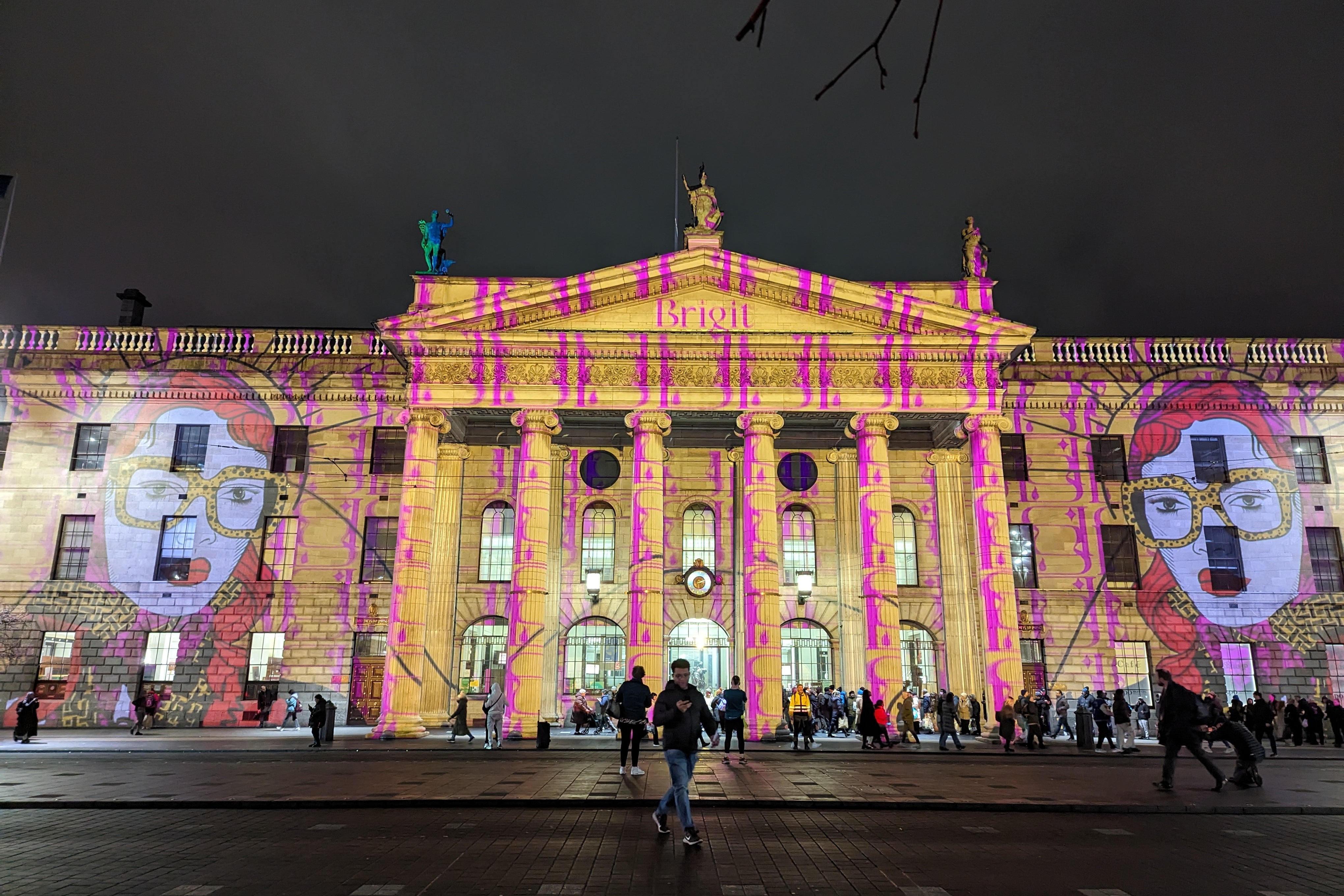
Outside, the tail end of a theatrical parade wrapped up, finishing in a fiery display of dance. I’ve seen a fair few St Patrick’s Day parades over my years in Ireland, from tiny village processions to the huge events in Dublin with American high school bands and cheerleaders turning blue in the cold. But this one was different.
Read more: Honouring darkness and death – why you should be celebrating Halloween the Irish way
Aerial performers and dancers twirled inside giant hoops dotted with lit candles. Huge crescent moon-shaped lanterns glowed from within, looking like ancient Viking boats as they passed by the crowds. There were no corporate buses, no brass bands, no bystanders spilling beer on my feet as they watched.
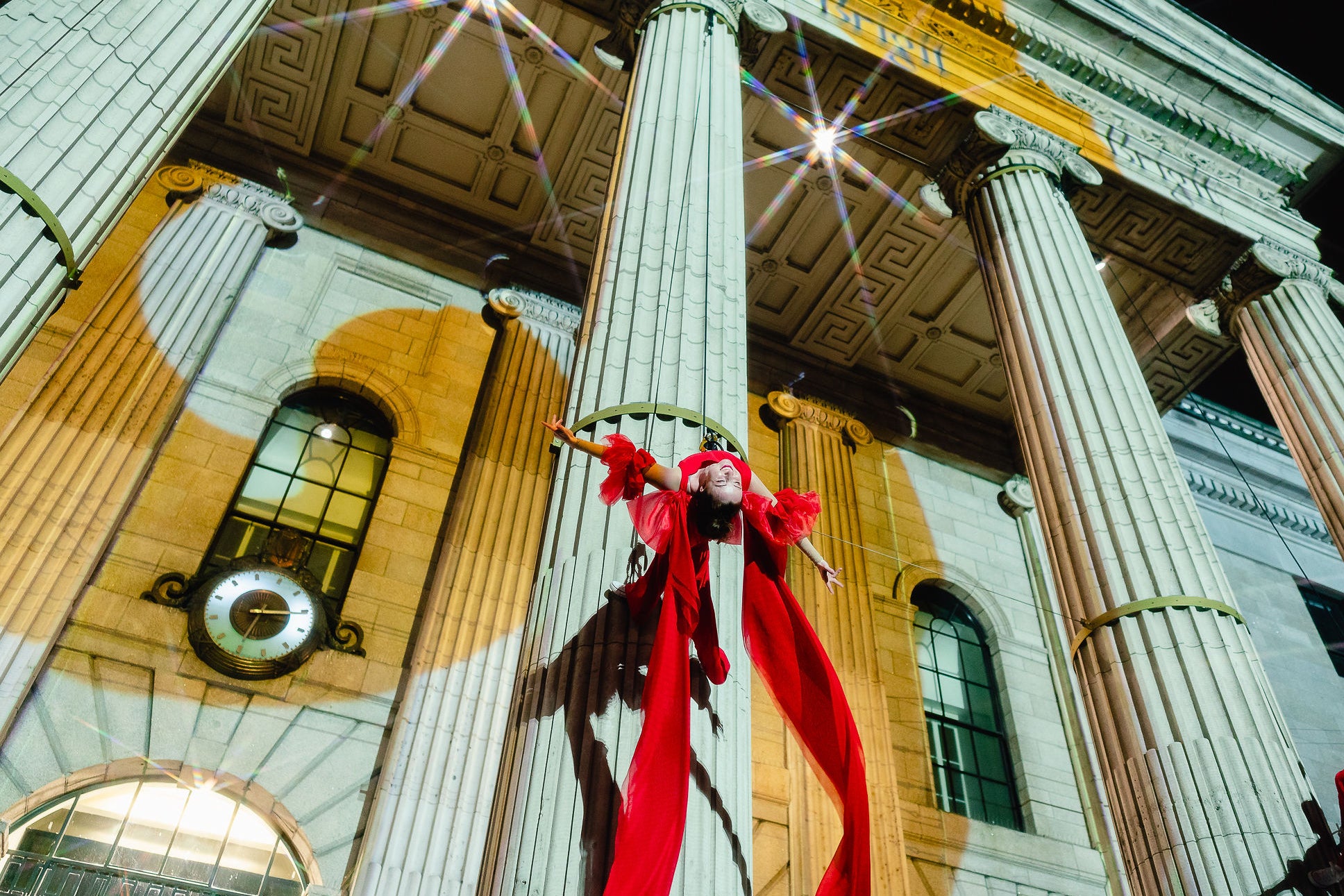
This year, the same parade will be in Maynooth (45 minutes from Dublin) but similar gigs will be taking place in and around Kildare, including a “Tiny Deck” concert with musicians performing on a barge as it floats up the Grand Canal. They’re even letting the men join in, with artists like Bob Geldof performing at a concert called He For She: An Evening For Equality (presumably the title #NotAllMen was taken).
Read more: Surfing can be one of the best workouts – here are the UK and Ireland spots you should try
There are loads of events all around Dublin to mark the occasion, too. City landmarks like the General Post Office will be illuminated with an illustration of Brigid, her long hair undulating on the pillars that bear bullet holes from the 1916 Easter Rising. There will be gigs, markets, and at least three events featuring the word vulva – the Proud Vulvas are walking in the parade, there’s a Vulva Stories art installation in the Temple Collective and you can even make your own felted vulva in a workshop, which is the only time you’d want to hear “matted wool” and “vulva” in the same context.
In short? It’s a festival that’s all about females. Which is just what the campaigners were after when they first pitched the idea of St Brigid’s Day becoming a bank holiday.
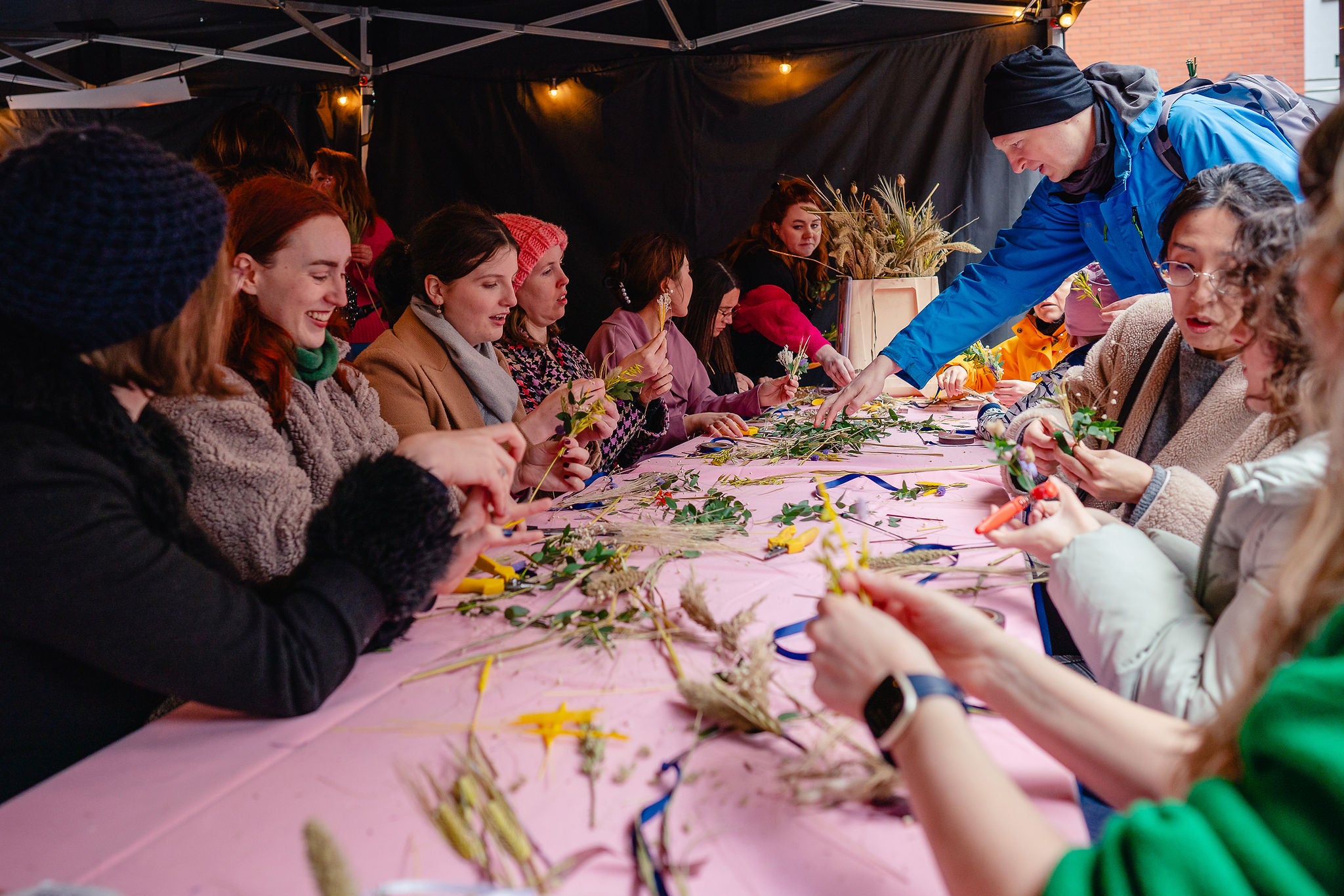
“It’s really time that we honoured a woman, specifically Brigid, in the same way Patrick is honoured,” Laura Murphy told me last year – she’s a poet who successfully campaigned with Herstory to mark the day properly. “Their mission was to illuminate the stories of female role models.”
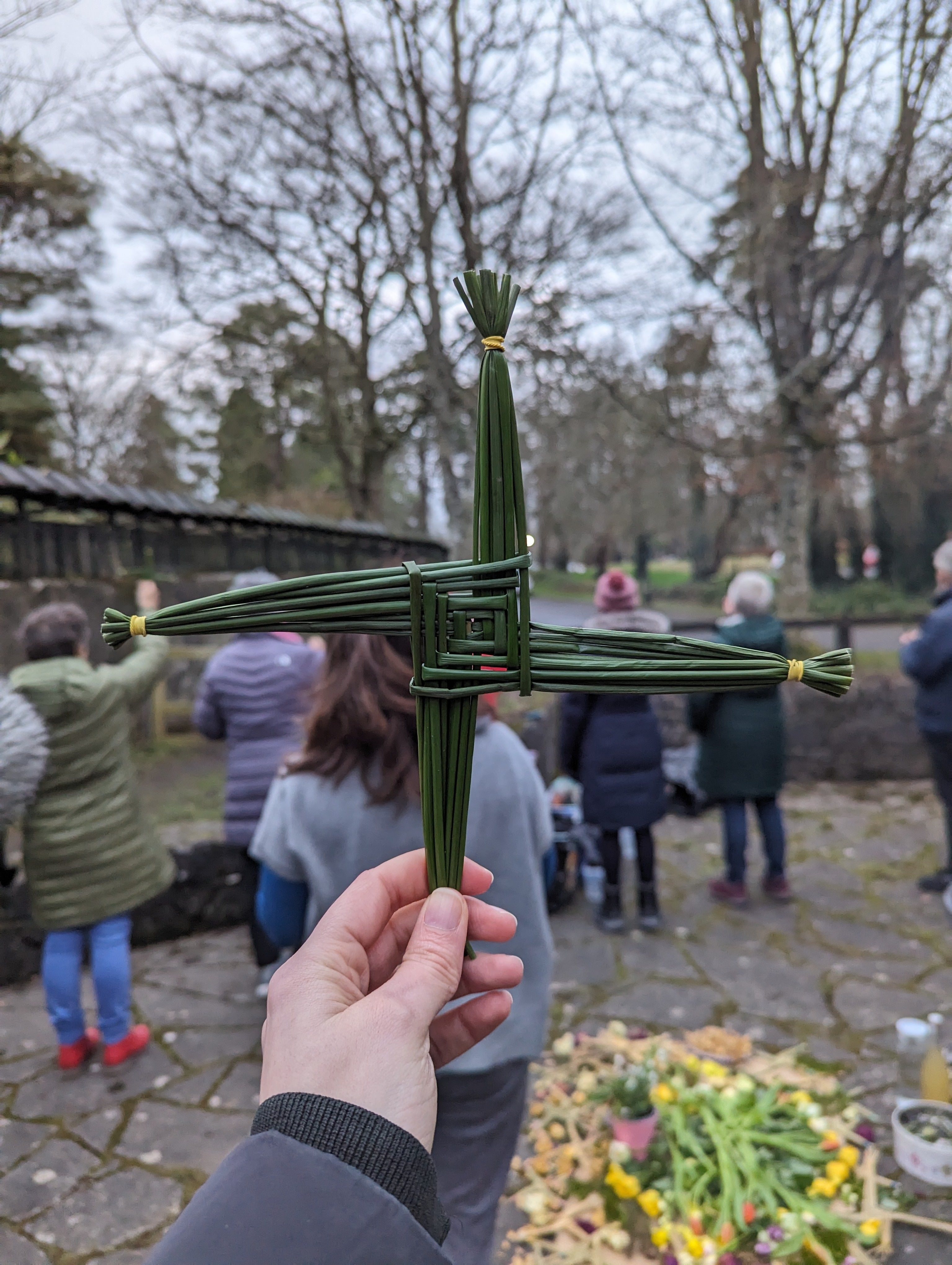
That was something I thought about a lot on my journey. As I met women celebrating in various ways – from the nun weaving a Brigid’s cross to the organiser of a bike parade whose dragonfly costume was made from old yoga mats – I kept thinking of the strong, ballsy females I have learned about since I moved here.
Read more: How sheep, seaweed and the shore in Ireland helped me bond with my father
Women like revolutionary and suffragette Maud Gonne, dismissed too often as simply the unrequited love of WB Yeats. Or the revolutionary Constance Markievicz, who famously told women during the Rising to “dress suitably in short skirts and strong boots, leave your jewels and gold wands in the bank, and buy a revolver”. And now Brigid, who some believe was Ireland’s first recorded abortionist.
As someone with a deathly phobia of snakes, I’m glad Patrick got rid of all the buggers. But if I’m dedicating a weekend to the celebration of a sacred Irish figure, I’d choose Brigid every time.
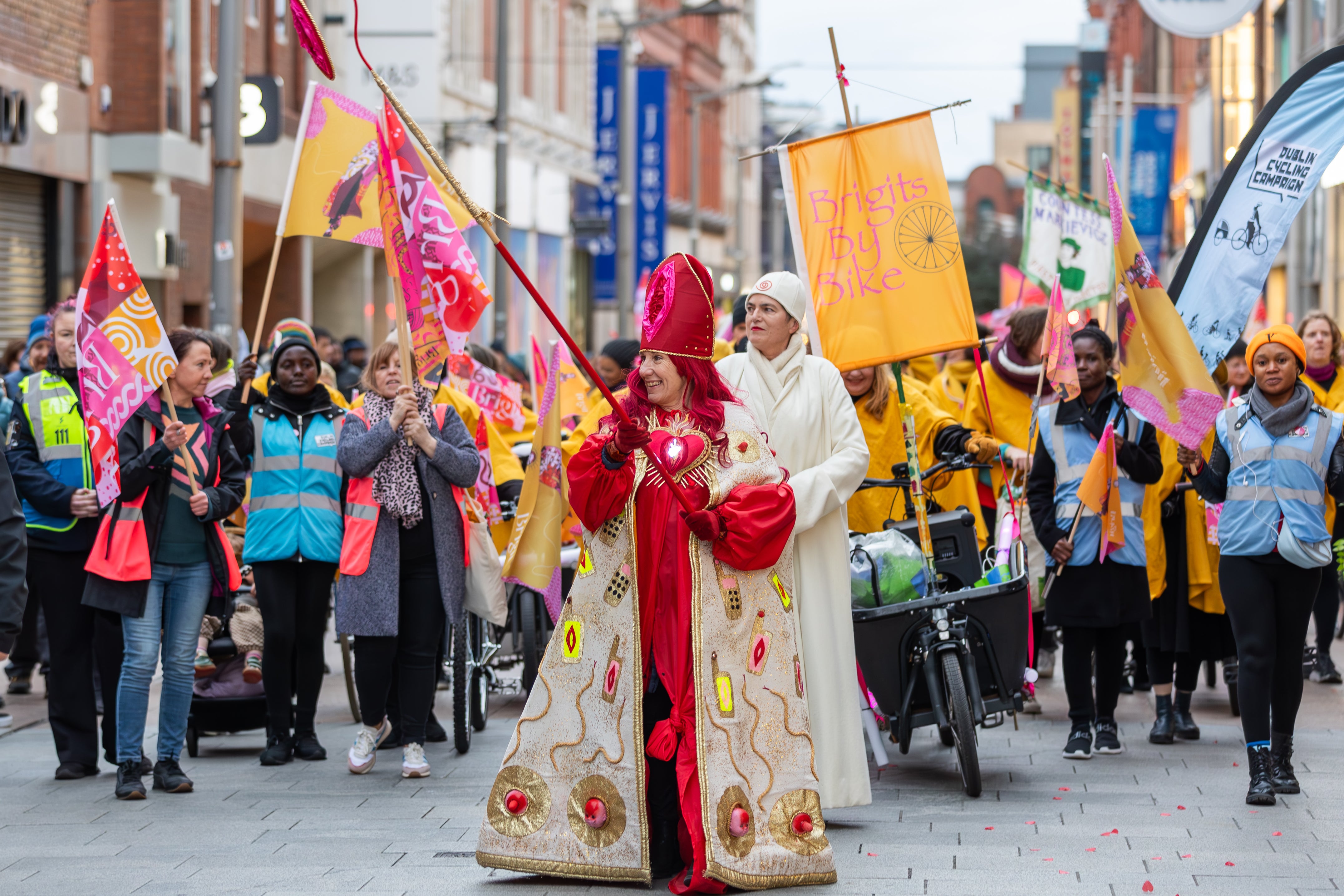
How to do it
St Brigid’s Day is on 3 February. Fly to Dublin with Aer Lingus, and learn more at ireland.com
Where to stay
The Hendrick is a short walk from the parade route in Dublin.
Read more: The best Ireland road trips to discover the Emerald Isle







